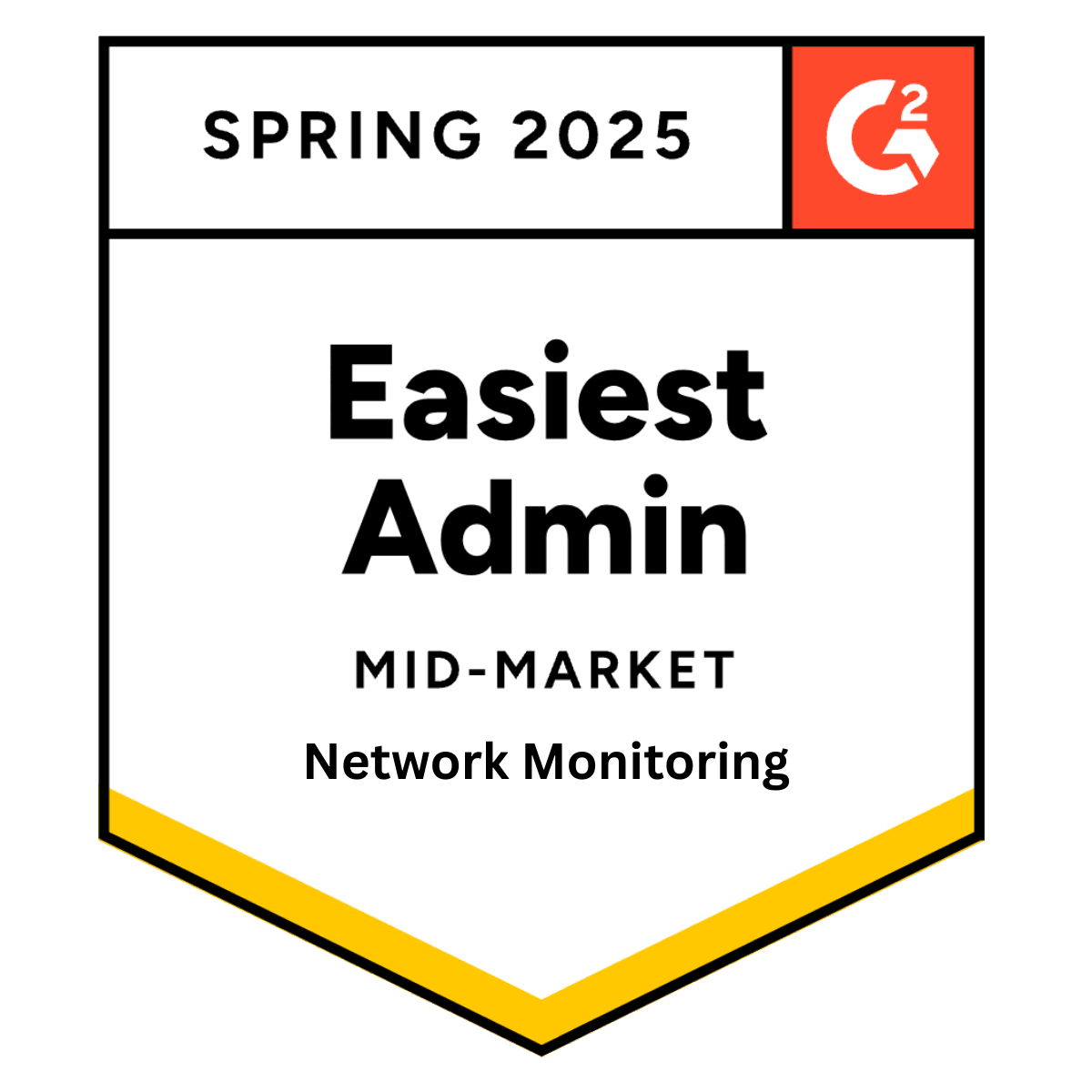Higher Education Can Overcome Lean Budgets, Manage Dispersed End Points with Mobile RMM
Higher education is a market with unique and challenging needs. Budgets are forever lean, the student body and staff face turnover, and these schools must innovate if they are to be competitive.
For IT and the MSPs that serve education, the challenge is simplifying a complex and changing environment, keeping it running, and insuring it is safe.
And while SMBs employees may number in the tens or hundreds, even smallish schools can have a thousand or more students. Meanwhile faculty often changes, and existing teachers are not exactly chained to their desks, but work in the field, in a lab, and need to compute from art and other studios.
That’s a lot of end points with a lot of movement.
The spread out nature of campuses is another challenge. The answer to these issues is a Remote Monitoring and Management (RMM) solution. With an RMM, Higher Ed IT pros and service providers can discover all the computing assets they are responsible for, make sure they are updated, monitor them for problems, and fix issues no matter where the admin may be.
With RMM automation, many of these IT tasks are taken care of without intervention, and use solutions to problems that have been proven to work in a real world situation. This visibility into end points, coupled with automation, fundamentally changes how IT is done. No longer do admins spend eight or more hours a day fixing the same old problems.
One IT pro is enjoying the benefits of the Pulseway mobile-first RMM. 'Now we manage most of our everyday tasks from our smartphones. The best part is that Pulseway alerts us to any issues before users even notice any slow-downs. I can have a quick look at server performance first thing in the morning. Just being able to see if there are any issues before the work day begins - and to be able to address them on the fly - has been a huge bonus for us, “said Eugene Chan, Deputy Director Digital Services University of Auckland Business School.
Moreover, other common tasks can be done entirely by the RMM, such as keeping anti-virus up to date, performing security checks, or doing backups. In too many cases, these tasks are done on a one-by-one basis, wasting time and leading to human error.
This IT efficiency is critical in the Higher Ed space. If IT costs and required labor can be kept low, then money and IT focus can be aimed at innovation and true strategic computing priorities.
Learn more about the value of the Pulseway mobile RMM for Higher Education here.
The Problem with Problem Solving
As more and more education moves to the Internet, through on-line learning and Web collaboration, insuring faculty uptime is critical. Without automation and proper ticketing, these repairs are handled haphazardly, leaving teachers and students in the lurch. With an RMM, good service/help desk and ticketing, and automation, problem solving is less problematic. How important is that? Very. For one thing, without an RMM, problems are not addressed until they fully materialized, with an upset end user waiting for an answer.
The RMM should spot issues before they become disasters. Even better, the RMM tells the admin where the problem came from. Without it, IT spends about 40% of their time finding the root cause of an issue, and the rest of their time doing remediation.
The Beauty of a Mobile RMM
Pulseway is a state of the art RMM that brings all RMM features to your mobile device. With it, admins regardless of location are alerted to problems such as potential system failure. The RMM can then remediate the situation preventing downtime and possible loss of data.
Admins can build on top of Pulseway features and modify its behavior by integrating other tools or functions using the REST API or the Cloud API.
Find out more about Mobile RMM here
Share this post
Related Posts
Join the Ranks of Satisfied Customers and Experience the Pulseway Difference Today.








